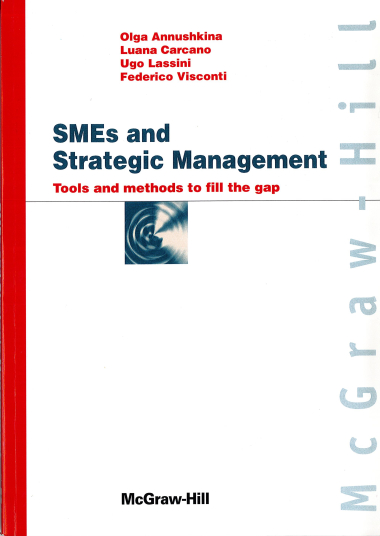| 3.3.2 Excellence in experimenter strategy | 78 |
| 3.3.3 Top end competitive posItioning | 81 |
| 3.3.4 Excellence as specialists | 84 |
| 3.3.5 Leader in technology-Intensive industries | 85 |
| 3.4 Conditions for sustainability: mastering the niche in the long run | 88 |
| 4 SMEs: growth management | 91 |
| 4.1 The growth process | 92 |
| 4.2 The internationalization of SMEs: directions, opportunities and threats | 100 |
| 4.3 Planning the foreign market(s) entry | 103 |
| 4.4The implementation of growth strategies | 106 |
| 4.5 Managerial and organizational implications growth | 110 |
| 4.6 Sustainable growth: the financial perspective | 113 |
| 5 Network for success | 125 |
| 5.1 Design a network strategy for success | 126 |
| 5.2 Getting actively involved with external organizations | 128 |
| 5.3 Leveraging strategic collaborations | 131 |
| 5.4 Engaging in organizational networks | 134 |
| 5.5 Taking advantage of territorially based networks | 138 |
| 5.5.1 Industrial clusters | 138 |
| 5.5.2 Participating in science, technological and industrial parks | 142 |
| 5.6 Successfully executing a network strategy | 143 |
| 6 The ecosystem for the development of SMEs | 149 |
| 6.1 The key components of the ecosystem | 150 |
| 6.2 The contribution of the main institutional players | 154 |
| 6.3 Policies for the development of SMEs | 157 |
| CONCLUSIONS | 163 |


